Efficient Tool Box Moving Services
Spring and early fall often offer favorable weather conditions, reducing delays caused by extreme temperatures or precipitation.
Avoid moving during heavy rain, snow, or high winds to prevent safety hazards and equipment damage.
Scheduling during off-peak times can minimize disruptions to daily operations and reduce costs.
Off-peak seasons typically provide more availability of moving services and equipment.
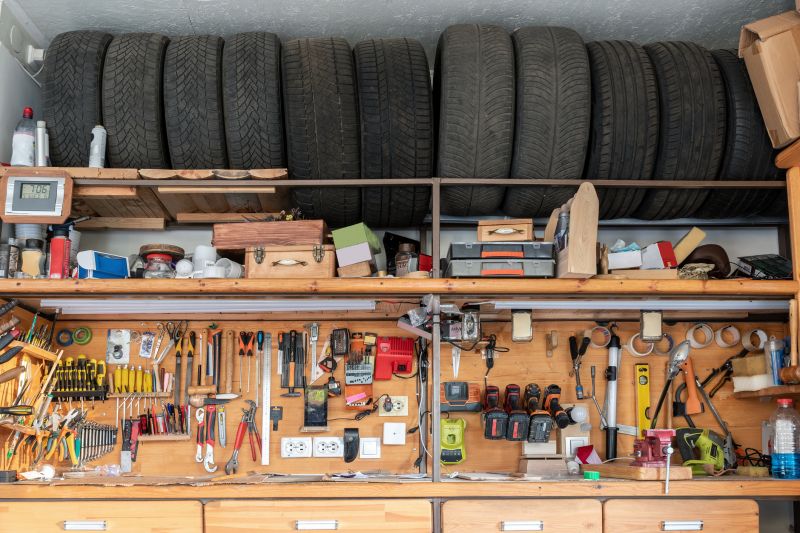
Ways to make Tool Box Movings work in tight or awkward layouts.
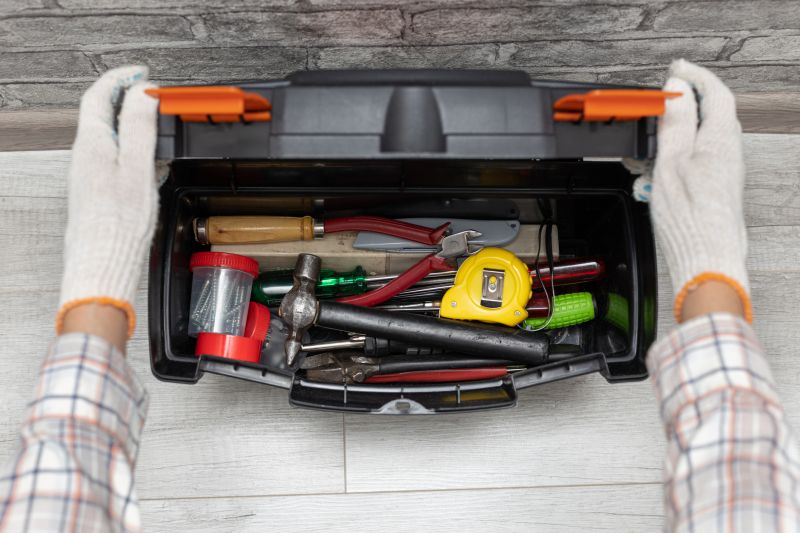
Popular materials for Tool Box Movings and why they hold up over time.

Simple add-ons that improve Tool Box Movings without blowing the budget.

High-end options that actually feel worth it for Tool Box Movings.

Finishes and colors that play nicely with Tool Box Movings.
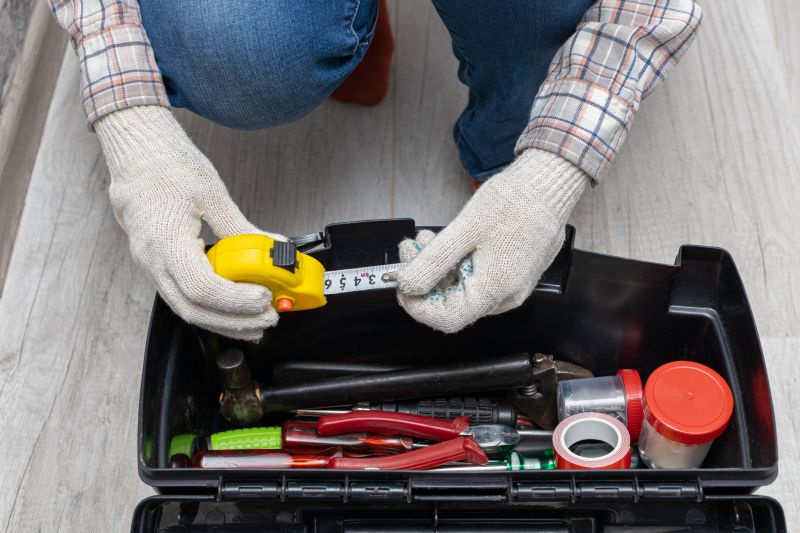
Little measurements that prevent headaches on Tool Box Movings day.
Tool Box Movings involve relocating a variety of portable storage units used by tradespeople, construction crews, and maintenance teams. These moves require careful planning to ensure tools and equipment are transported safely and efficiently. Proper timing can help avoid operational downtime and reduce the risk of damage to valuable tools. Data indicates that scheduling moves during moderate weather seasons can decrease delays by up to 30%, while off-peak periods often lead to cost savings due to availability of resources.
Effective planning for Tool Box Movings considers factors like route accessibility, load weight, and the complexity of equipment. The process often includes disassembly, secure packing, and precise placement at the new location. Statistics show that well-timed relocations can improve safety outcomes and streamline the entire process, minimizing disruptions to ongoing work.

A 60-second routine that keeps Tool Box Movings looking new.

A frequent mistake in Tool Box Movings and how to dodge it.
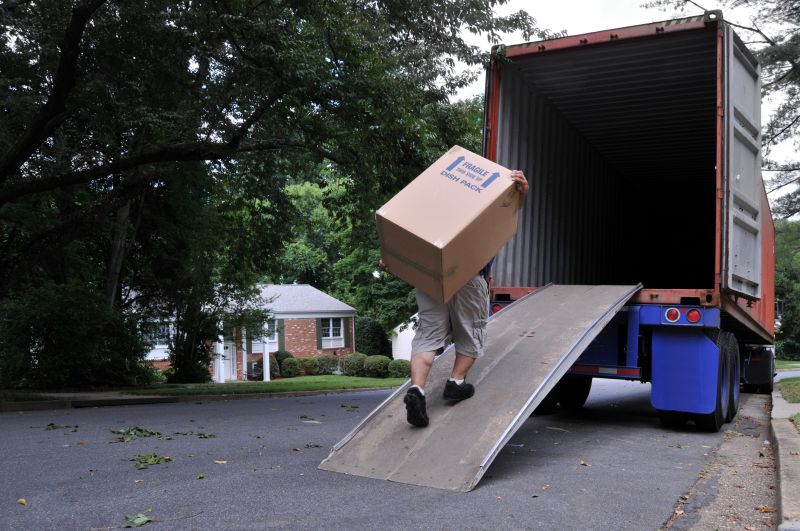
Small tweaks to make Tool Box Movings safer and easier to use.

Lower-waste or water-saving choices for Tool Box Movings.
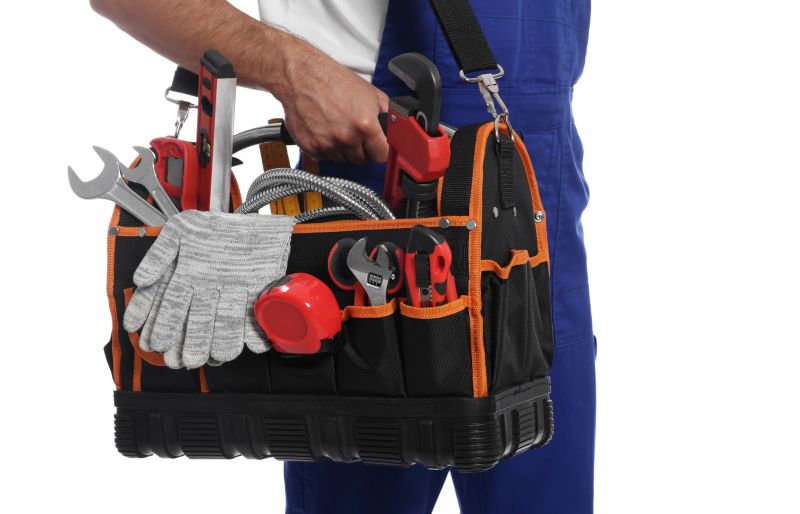
The short, realistic tool list for quality Tool Box Movings.
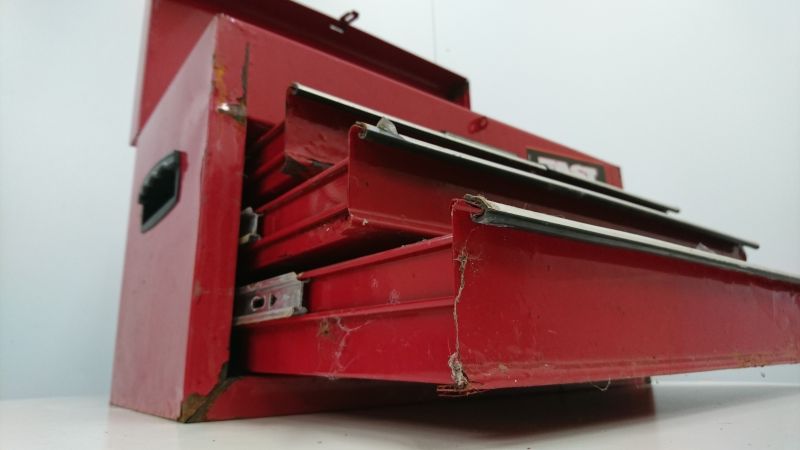
Rough timing from prep to clean-up for Tool Box Movings.
| Optimal Moving Season | Key Benefits |
|---|---|
| Spring | Ideal weather, moderate temperatures, less operational disruption |
| Early Fall | Favorable weather, availability of resources, lower costs |
| Late Summer | Longer daylight hours, good weather, flexible scheduling |
| Off-Peak Winter Periods | Reduced demand, potential cost savings, less traffic |
| Avoid Peak Holidays | Minimize delays, avoid busy periods |
Considering the timing of Tool Box Movings enhances operational efficiency and safety. Planning around seasonal trends and weather conditions can lead to smoother relocations, fewer delays, and cost savings. Proper scheduling ensures that tools and equipment are transported securely, maintaining productivity and minimizing risks.

Quick checks and paperwork to keep after Tool Box Movings.

Examples that show the impact a good Tool Box Movings can make.

Ways to make Tool Box Movings work in tight or awkward layouts.

Ways to make Tool Box Movings work in tight or awkward layouts.
For those considering scheduling a Tool Box Moving, it is recommended to contact early to ensure availability of resources and optimal timing. Properly timed moves can prevent operational delays, reduce costs, and enhance safety during the relocation process.
